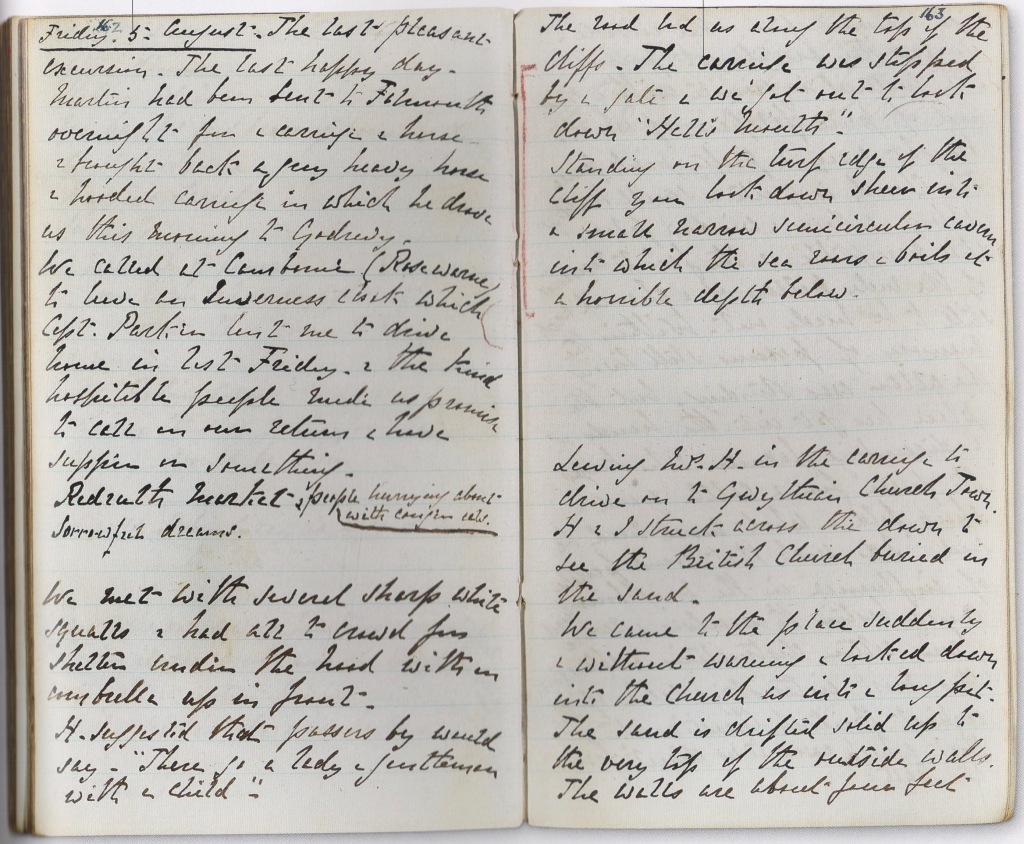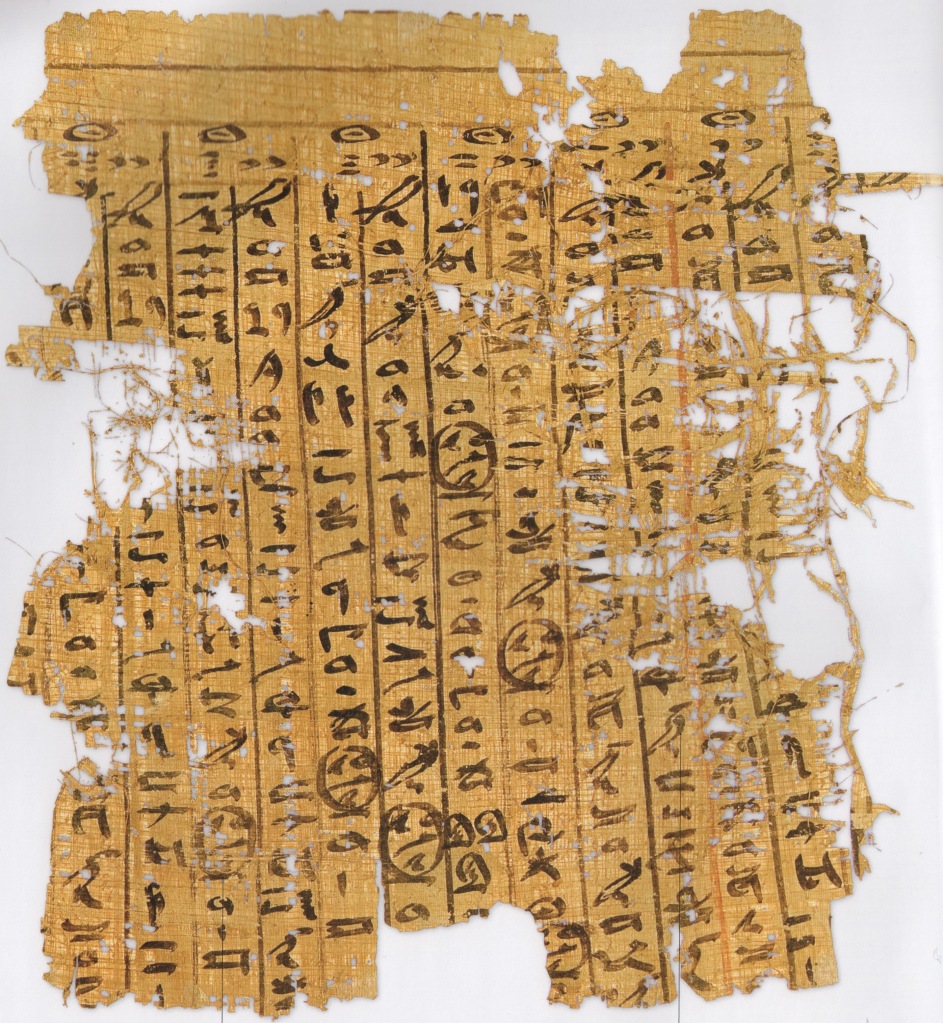Simanaitis Says
On cars, old, new and future; science & technology; vintage airplanes, computer flight simulation of them; Sherlockiana; our English language; travel; and other stuff
ON REMARKABLE DIARIES
I’VE NEVER KEPT a diary. As one of Wife Dottie’s relatives said (while flipping the car’s rearview mirror out of the way), “What’s past is past….” On the other hand, er…, view, humanity has preserved plenty of thought through diaries, as exemplified by a new book in the DK series: Remarkable Diaries: The World’s Greatest Diaries, Journals, Notebooks, and Letters.

Professor Kate Williams quotes Oscar Wilde: “Memory … is the diary that we all carry about with us.” But, she writes, “so many of us never record our memories, or we start diaries in January and never finish them.”
By contrast, the book Remarkable Diaries shares insights ranging from an official in ancient Egypt, c. 4500 years ago; to familiar personages such as Samuel Pepys, Arthur Conan Doyle, and Thomas Alva Edison; to more recent diarists as varied as Anne Frank and Che Guevara.
Francis Kilvert. Readers of SimanaitisSays might recall Francis Kilvert, 19th-century English cleric and diarist making an appearance at this website. And, guess what, he’s included in Remarkable Diaries as well, described in “A View from the Vicarage.”

“In his journal,” Remarkable Diaries notes, “Kilvert comes across as sympathetic, unstuffy, modest, and good natured, with a keen eye for the beauty of nature and the opposite sex…. From the moment a selection of the diary was first published in 1938–1940, it has been recognized as a classic evocation of a bygone age.”

Wikipedia says that a Kilvert niece considered some of the family tales better left unshared. Remarkable Diaries adds to this in noting, “Kilvert married Elizabeth Rowland in 1879 but died shortly after their honeymoon. His widow inherited the journals and is believed to have censored them, destroying two sections and removing any mention of herself.”
Hmm….
Merer, Chronicler of Cheops’ Great Pyramid. The oldest example in Remarkable Diaries comes from some 4500 years ago, yet is “described as the most important Egyptian find of the 21st century.”

Little is known about Merer except his job title of “inspector,” with responsibility of overseeing 200 workers transporting stone for building what is now known as the Great Pyramid of Giza. Limestone blocks for the pyramid’s facing were quarried in Tura on the east bank of the Nile, then brought to the Giza site to the west of the Nile.

“The journal,” Remarkable Diaries notes, “covers the period from July to November in the 26th year of the reign of Pharaoh Khufu, possibly 2562 BCE. When it ends, Merer disappears from history.”
Now, however, Merer joins the likes of Samuel Pepys, Charles Darwin, Frida Kahlo, and other diarists in this fascinating book. ds
© Dennis Simanaitis, SimanaitisSays.com, 2021
